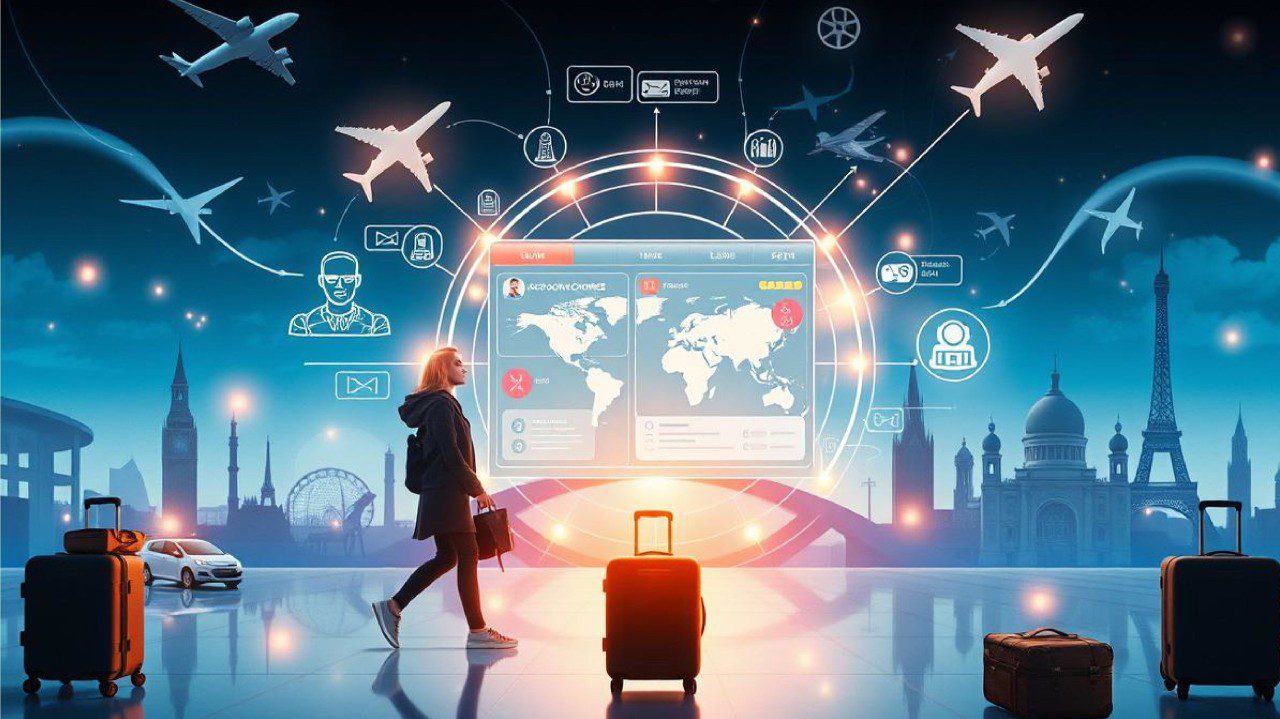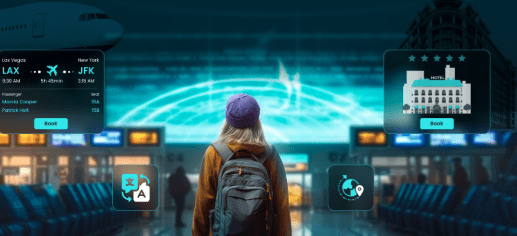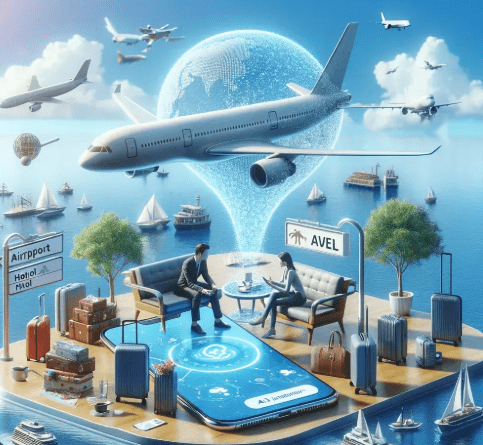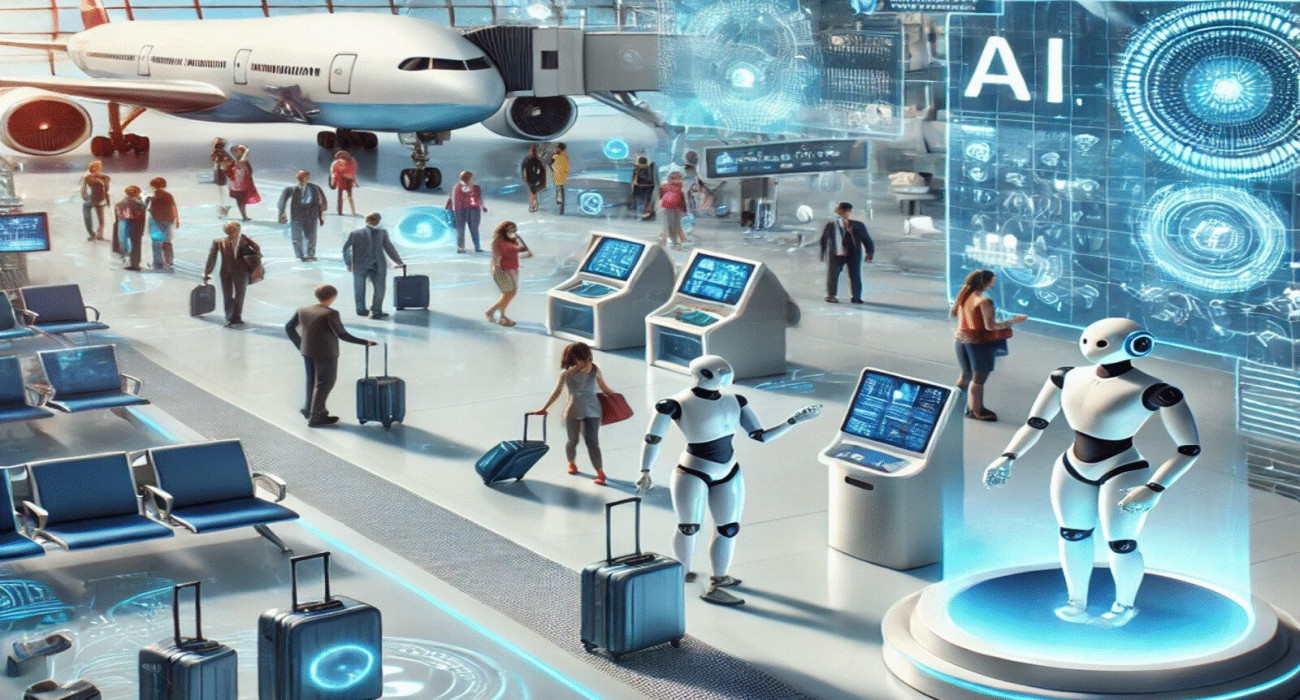The travel world is changing fast, and one of the biggest game-changers is the rise of AI-optimized travel itineraries. From solo backpackers to family vacationers, more people are turning to artificial intelligence to plan every detail—from where to stay, what to see, to how best to move between stops. Here’s how AI-optimized travel itineraries are reshaping the way we explore, plus what to watch out for (and how to benefit most).
What Are AI-Optimized Travel Itineraries?

An AI-optimized travel itineraries is a day-by-day schedule of activities, accommodations, transit, and dining, built using artificial intelligence. The AI considers your preferences (budget, interests, travel style), constraints (time, distances, weather, safety), and real-time data (flight delays, hotel pricing, local events) to propose a travel plan that is efficient, personalized, and flexible. Think of it as a smart travel agent that works 24/7, always adapting to what matters to you most.
Why the Rise of AI-Optimized Travel Itineraries Is Happening

-
Personalization at Scale
AI can analyze your past travel behavior, stated preferences, and budget to craft plans uniquely suited to you. Rather than generic “top attractions in Paris” lists, you get suggestions like specialized walking food tours, off-beat neighborhoods, or local festivals. Tripytrek+2QSS Technosoft Inc.+2 -
Real-Time Adaptability
Things change: flights get delayed, bad weather rolls in, or you simply change your mind. AI-optimized travel itineraries can update on the fly, recommending alternatives or adjusting timing. One study shows AI tools offer continuous suggestions when the plan gets disrupted. arXiv+3Trip Planner AI+3worldwetravel.com+3 -
Cost & Time Efficiency
AI pulls together price data across many platforms to find best deals, predicts when rates will rise or fall, helps with earlier booking, and avoids wasted time switching between dozens of booking sites. It also suggests routes or transit options that reduce travel time. arXiv+3Travelfika+3Trip Planner AI+3 -
Discovering Hidden Gems & Local Insights
Beyond the usual tourist spots, AI can recommend lesser-known attractions, restaurants, and local experiences, based on online reviews, local guides, or social media content. For travelers seeking authenticity, these insights are gold. Tours To Turkey+2Business Insider+2 -
Support & Safety Tools
AI-powered chatbots, alerts, translation, route optimization, and safety warnings help travelers handle emergencies, language barriers, or changes. The benefit is greater peace of mind during the trip. worldwetravel.com+2Trip Planner AI+2
Real-World Examples & Recent Innovations

-
GuideGeek by Matador Network – A travel assistant using generative AI (from OpenAI) that plans itineraries, offers tips, and adapts to user preferences through chat on Messenger, WhatsApp, and Instagram. Wikipedia+1
-
Agoda’s AI-Vacation Planner – Tailored for Indian travelers, built in partnership with Google, this planner generates itineraries in seconds considering destinations, hotels, activities, and budgets. The Times of India
-
Airial Travel startup – Turns social media content (TikToks, Reels, blogs) into bookable itineraries, combining user interests with logistics like transport and proximity. Business Insider
-
Research projects like Vaiage and TTG (To the Globe) use large language models and symbolic solvers to craft itineraries with multiple constraints (time, cost, preferences) in real time. arXiv+1
5 Ways to Use AI-Optimized Travel Itineraries Smarter

To get the most out of AI tools while avoiding pitfalls, try these strategies:
| Tip | What to Do | Why It Helps |
|---|---|---|
| Specify good inputs | When using AI-optimized travel itineraries be very clear about your budget, interests, pace (relaxed, adventurous), group size, and must-see vs flexible items. | The more precise you are, the better the AI-optimized travel itinerary matches your expectations. |
| Allow room for spontaneity | Don’t fill every hour; leave slack for rest, local discoveries, or unexpected delays. | Helps avoid burnout and captures serendipitous experiences. |
| Cross-check with sources | Use travel blogs, forums, local websites, or even locals to verify opening times, safety, or costs. | AI can make errors; human verification adds reliability. |
| Monitor real-time alerts | Use apps that give flight status, weather, safety alerts, or local event notices. Adjust your itinerary when needed. | Ensures the AI travel plan remains feasible under changing conditions. |
| Protect your data & money | Use reputable platforms, secure payment methods, and verify reviews. Be wary of scams. | As with any digital tool, there is risk of misleading AI, fraudulent listings, or identity misuse. travelindustrytoday.com |
Challenges & Risks to Be Aware Of
-
Accuracy & Bias: AI depends on data; if the underlying data is outdated, biased, or incomplete, suggestions might be wrong or unfairly favor certain places.
-
Over-dependence: Relying too much on AI can dampen creativity or reduce the chance of memorable improvisation during a trip.
-
Privacy Concerns: AI tools may ask for personal data, travel history, payment info. Users must understand privacy policies.
-
Scams & Misinformation: False listings, misleading advice, or “too good to be true” deals may get promoted. Always verify. travelindustrytoday.com
What the Future Looks Like

Here are some trends to expect as AI-optimized travel itineraries get more advanced:
-
Better Multimodal Optimization: AI will more seamlessly combine flights, trains, buses, ferries, rideshares to minimize time and cost while maximizing experience.
-
Eco-friendly & Sustainable Suggestions: Green travel options (lower carbon footprint itineraries, local business support, sustainable transports) will be baked into AI planning. Research already shows systems using sustainability constraints can lower emissions ~15%. arXiv
-
More Conversational Interfaces: Instead of filling forms, you’ll “chat” with your travel assistant—refining the plan via conversation, changing preferences on the fly.
-
Integration with Local Services: AI will pull real-time local events, restaurant availability, cultural insights, and partner with local guides to bring more authentic, adaptive experiences.
-
Regulation & Standards for Trust: To reduce scams, governments or industry bodies may enforce standards for AI travel tools about transparency, data use, pricing, and safety.
Why the Rise of AI-Optimized Travel Itineraries Matters

-
AI-optimized travel itineraries lowers barriers to travel planning: Anyone can access near-expert itinerary design without hiring expensive agents.
-
It helps travelers make the most of limited time—important for shorter trips, business travel, or busy schedules.
-
It encourages new forms of travel: exploring off the beaten path, slower travel, interest-based trips rather than ticking off tourist hot spots.
-
It raises expectations for the travel industry to be more responsive, personalized, and tech-savvy.
Final Thoughts
The rise of AI-optimized travel itineraries is not just a tech trend—it’s a transformation of how people experience the world. When used well, these tools help you travel smarter, more cost-effectively, and more aligned with what you truly want from a trip. But they’re tools—not replacements for lived experience, local discovery, or human judgment.
